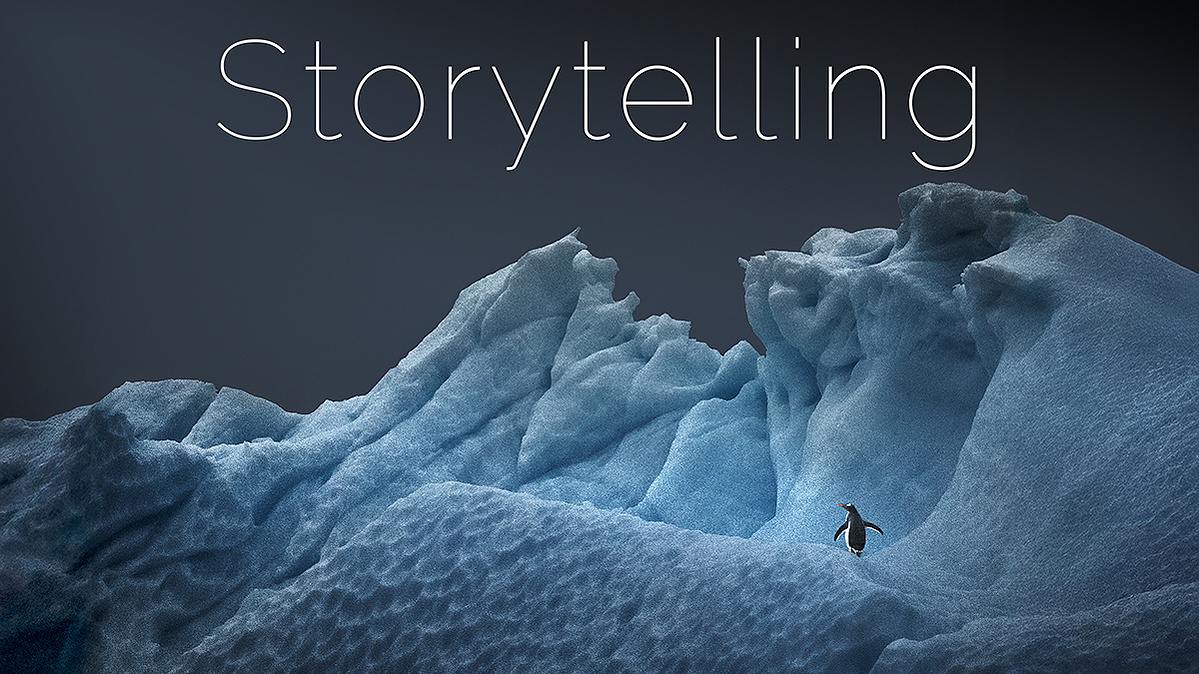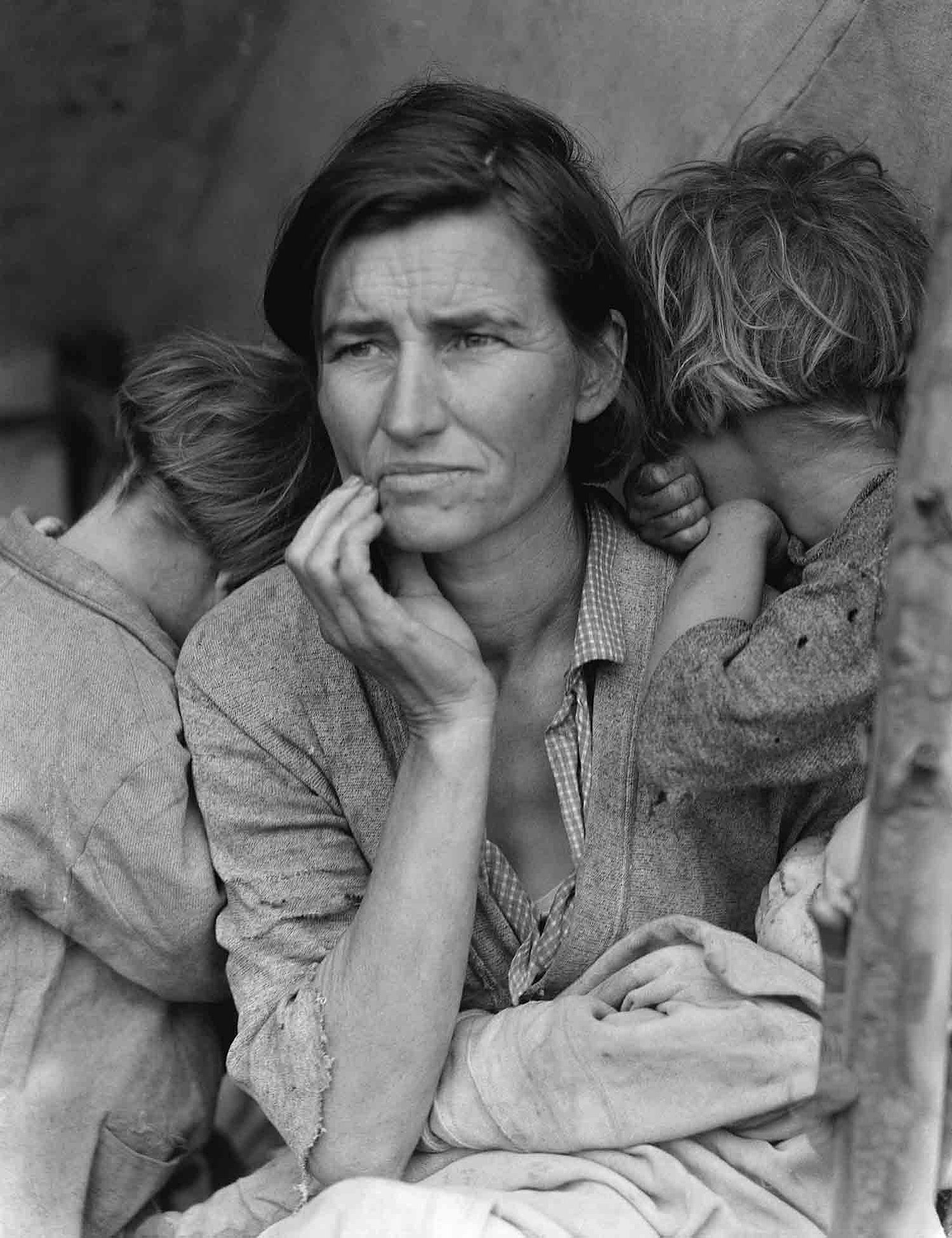
Why is storytelling important in photography ?
The saying "a picture paints a thousand words" highlights the effective means of communication open to the photograph. Visual communication is a powerful thing, able to evoke emotions, tell stories and convey meaning, nuanced in a way difficult to achieve by the written word alone. Imagine the campaign to save the Franklin River in Tasmania, without Peter Dombrovkis' image of Rock Island Bend.
Dorothea Lange took a photo in 1936 to raise awareness and provide aid to those in need. It became a symbol of the Great Depression influencing public perception and Government policies. It continues to be celebrated for the powerful portrayal of resilience in the face of adversity.

Migrant Mother by Dorothea Lange 1936
Narrative takes an image beyond a simple capture, and what to include in the frame
is always a challenge. A photograph can include so much information it is like
taking in the novel "War + Peace" by Leo Tolstoy.
With some selective editing, an image can become a short story, or maybe
the essence of the scene distilled like a short poem in a style originating
in Japan called Haiku.
The intention of a Haiku resonates with Tim :
" To capture a fleeting moment in nature and convey a feeling or insight.
It aims to create a vivid mental image and evoke a specific emotion
or thought related to the observed moment. "
This approach is not limited to landscape photography, and equally applicable
to wildlife photography and other genres of photography where a more
immersive response is sought. Simplify the image and distill the essence.
The greater the connection with the subject, the more likely it is
that the photograph will leave a lasting impression.

